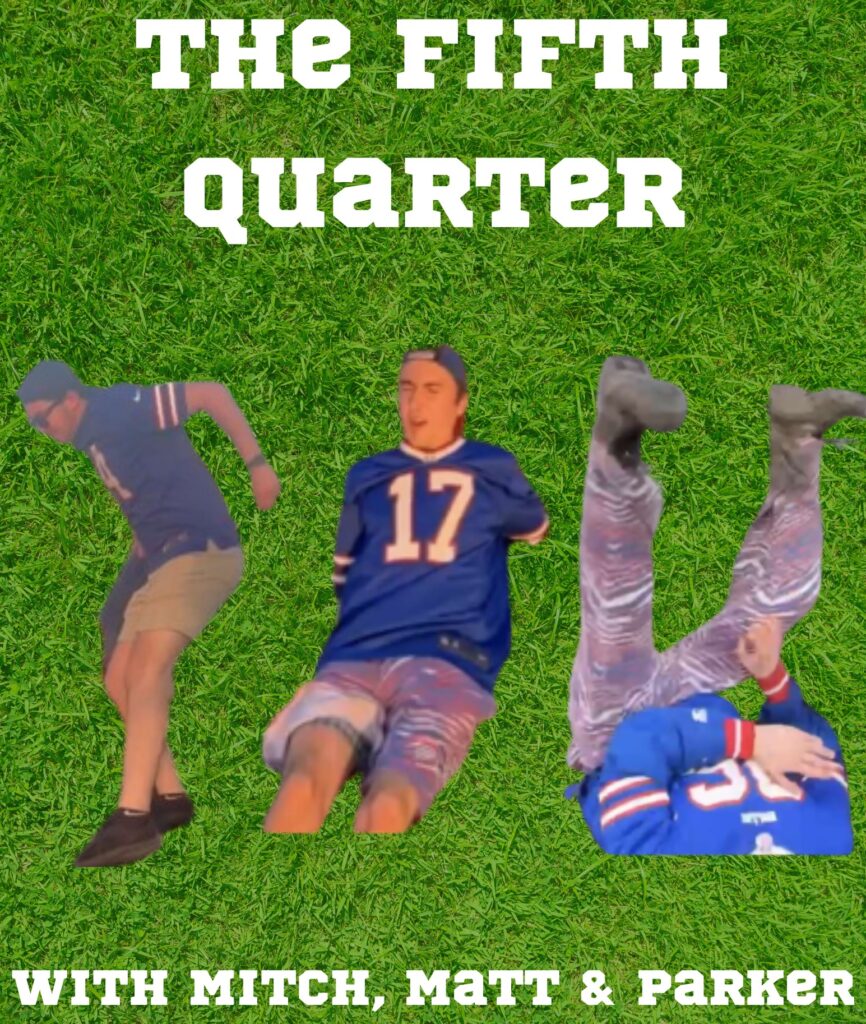MITCH HORUCY
Assistant Sports Editor

Ever since sports became one of the biggest sources of revenue and entertainment, it has been dominated by male athletes.
However, in the last few years, women’s sports have skyrocketed in the public eye.
There have been a ton of sports that have contributed to this, such as women’s soccer, hockey and basketball.
In 2019 the FIFA Women’s World Cup had over one billion cumulative viewers.
The championship game between the U.S. and the Netherlands averaged a live audience of 82 million viewers and reached a total of 263 million unique viewers.
This was up 56% compared to the 2015 final between the U.S. and Japan, which averaged a live audience of 52 million people.
These are both tournament records that still stand to this day.
Starting on Jan. 1, we had the inaugural season of the Professional Women’s Hockey League or PWHL.
The league consists of six teams in New York, Boston, Minnesota, Montreal, Ottawa and Toronto.
The league streams all games on their YouTube channel, and are also streamed regionally in the U.S. In Canada, they are nationally televised on networks such as TSN, Sportsnet and CBC.
The attendance for the PWHL is very impressive as well. The average attendance for the league is right around 6,000. Some might not think this is that good but there are five teams with a maximum arena capacity of under 9,000, three under 6,000. They’ve also sold out numerous NHL-sized areas.
In February, in a game between Toronto and Montreal at Scotiabank Arena, the final attendance was 19,285, a total sell-out.
The league also started selling tickets for Toronto vs. Montreal on March 20, this time in Quebec, Montreal at Bell Centre.
Tickets for the 21,000-seat venue sold out within an hour.
Possibly the biggest rise in women’s sports, however, is the emergence of women’s college basketball.
Over the past few years, it has gone to heights that seemed unobtainable in the past.
The women’s Elite Eight game between LSU and Iowa showcased those heights.
The game was a rematch of last year’s National Championship which drew right around 10 million viewers, which broke the previous record for women’s college basketball. However, the rematch that took place on April 1 shattered that record.
The game had an average of 12.3 million viewers and peaked at over 16 million.
For reference, here’s a list of everything that this game outranked in terms of viewership:
- Every NBA game in the 2022-2023 season except game five of the NBA Finals
- Every MLB game in the 2022-2023 season
- Every NHL game in the 2022-2023 season
- Every men’s college basketball game except Duke vs. NC State in the Elite Eight
- Every college football game except the College Football Playoff, SEC Championship and Ohio State vs. Michigan
Iowa played UConn for a spot in the national championship on April 5. According to ESPN, this game had the second-highest get-in price for a women’s basketball game since 1990.
This is crazy to think about now, but especially when you factor in where women’s college basketball was three seasons ago.
Sedona Prince, a member of the TCU women’s basketball team, had a chance to make the tournament when she was with the Oregon Ducks in 2021.
She was very vocal about the lack of resources and subpar facilities that were given to the women’s teams.
Compared to the men’s, the weight rooms were vastly undersized. While the men had buffet-style meals, the women were left with pre-packaged food. Additionally, the women received way less gear in the “swag bag” given out by the NCAA.
Another big difference was that the NCAA didn’t send any photographers to the first two rounds of the women’s tournament despite sending many to the men’s. The NCAA stated that they were trying to cut costs and save money due to the COVID-19 pandemic as a reason for this.
Perhaps the most telling example of the NCAA’s lack of effort to promote women’s basketball wasn’t fixed until 2022.
The term “March Madness” has been used to describe the men’s tournament officially since 1982.
However, the NCAA withheld the women’s right to use the term when talking about their tournament.
They weren’t allowed to put it on the court or merchandise. This was changed after the 2021 tournament when there was a huge outcry from athletes and fans when it was pointed out.
While there is still a long way to go in terms of getting women’s sports where they need to be, it’s amazing to see the game grow as much as it has in recent years.
